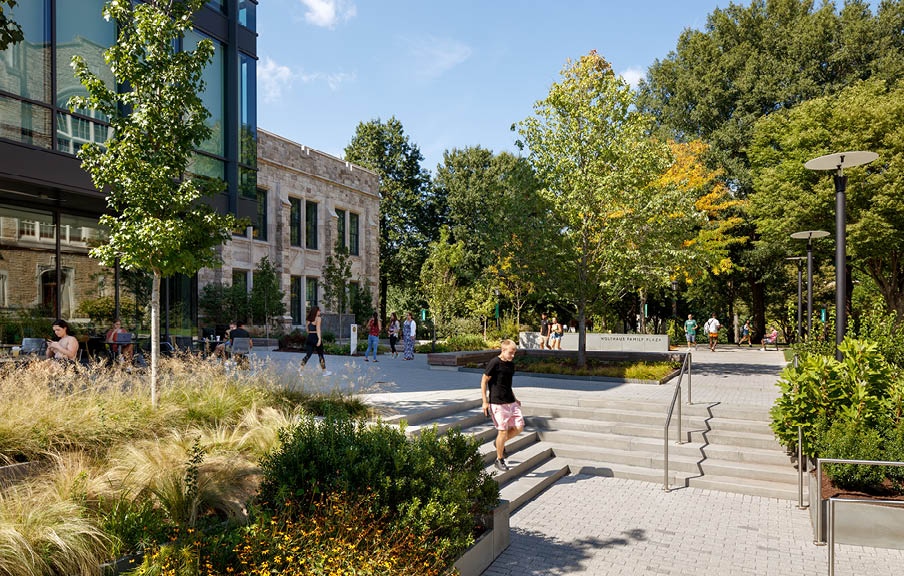Making the case for sustainable design

Updated July 2025 by Matthew Gifford.
In the years since Carole shared her insights, we have made significant progress towards creating sustainably minded buildings. However, as we approach the year 2030, there is still a long way to go. Today, our efforts are strengthened by advances in technology, broader understanding and focus within the AEC industry, and many success stories to learn from.
Over the past two years, I have spent time working with the Boston Green Ribbon Commission to help institutions and businesses create climate action plans. As municipalities and building codes define more stringent requirements for the built environment, it is important to understand how to not just comply with those ordinances, but how to go a step beyond, making purposeful choices that lessen the broader impact of built environment on our planet. We tailor our approach to new or renovated buildings to comply with evolving requirements and prioritize the aspects of sustainability that align to the client’s needs while making a significant positive impact on the environment.
We embrace this essential work with our clients and collaborators. These opportunities represent a core belief we hold as a firm, “Together we can design a future that benefits everyone.”
This article was originally published January 2018.
I recently led a panel discussion on the intersection of sustainability, the building industry, and the nuances that exist between the two. It’s so important to recognize not all members of the AEC industry—or our clients—have the same understanding of sustainable design.
To create sustainable-minded buildings, we, as designers, must first be able to communicate the relevance of sustainability to our colleagues, clients, and their organizations. This requires us to have a critical understanding of the technologies and strategies that exist—so we can perform and deliver a sustainable project—as well as push ourselves and others to visualize tomorrow’s solutions.

At Shepley Bulfinch our projects embrace climate, context, and locality. We recognize that our individual projects influence broader systems of environment, place, culture, and economy.

Matthew Gifford, AIA, LEED AP
Principal
Matt is a principal at Shepley Bulfinch, with a collaborative approach to the design process that has created highly sustainable, highly functional academic, library, and student life facilities.


